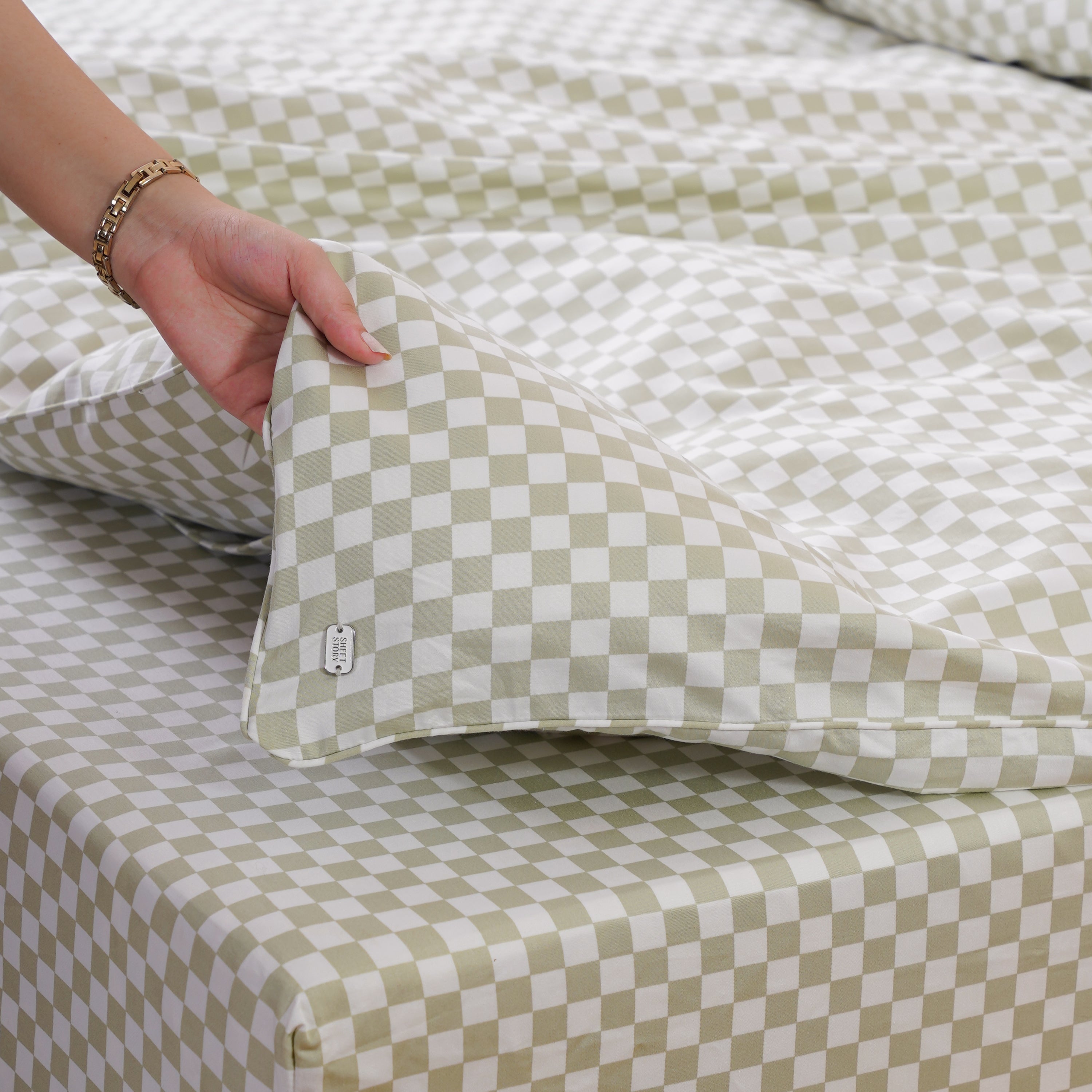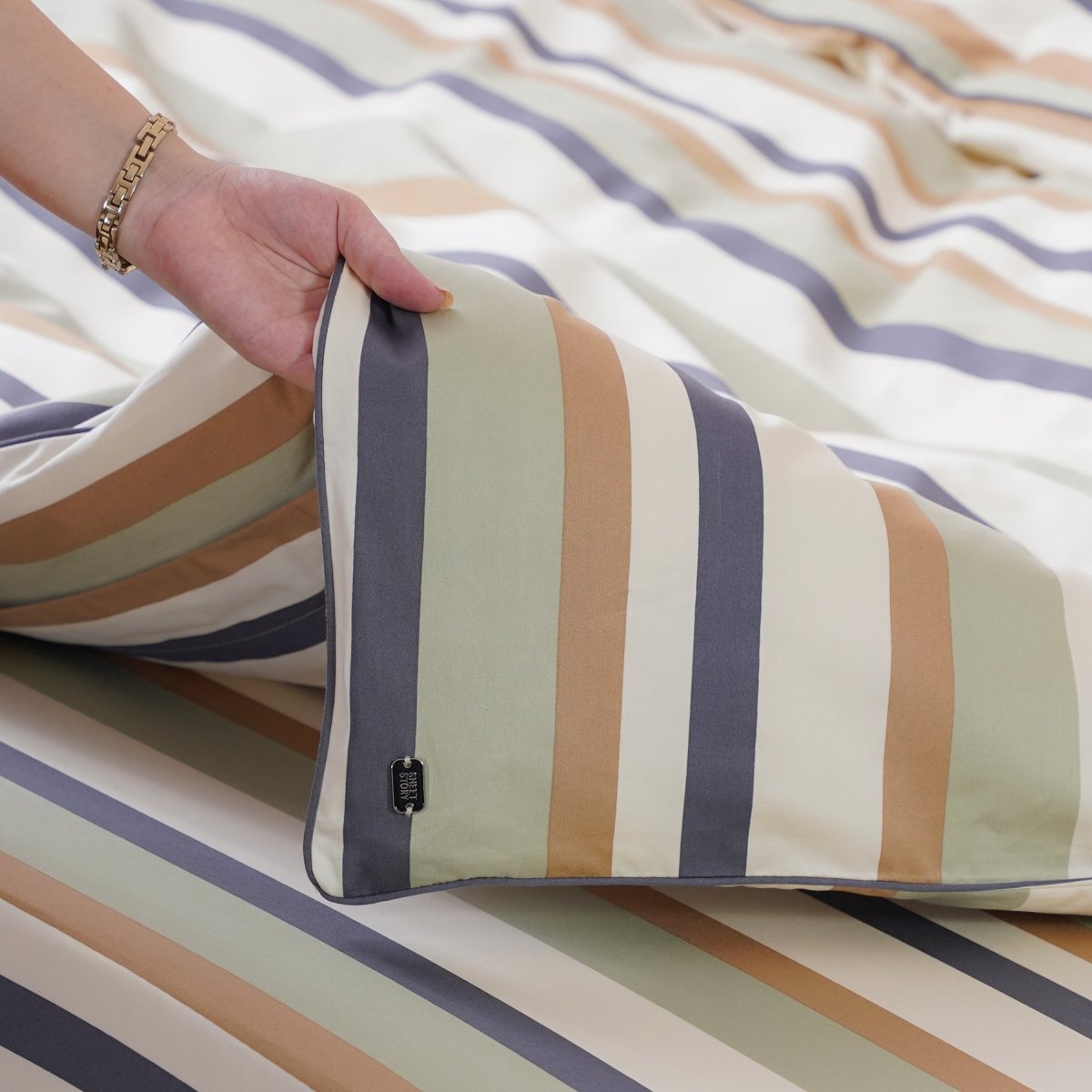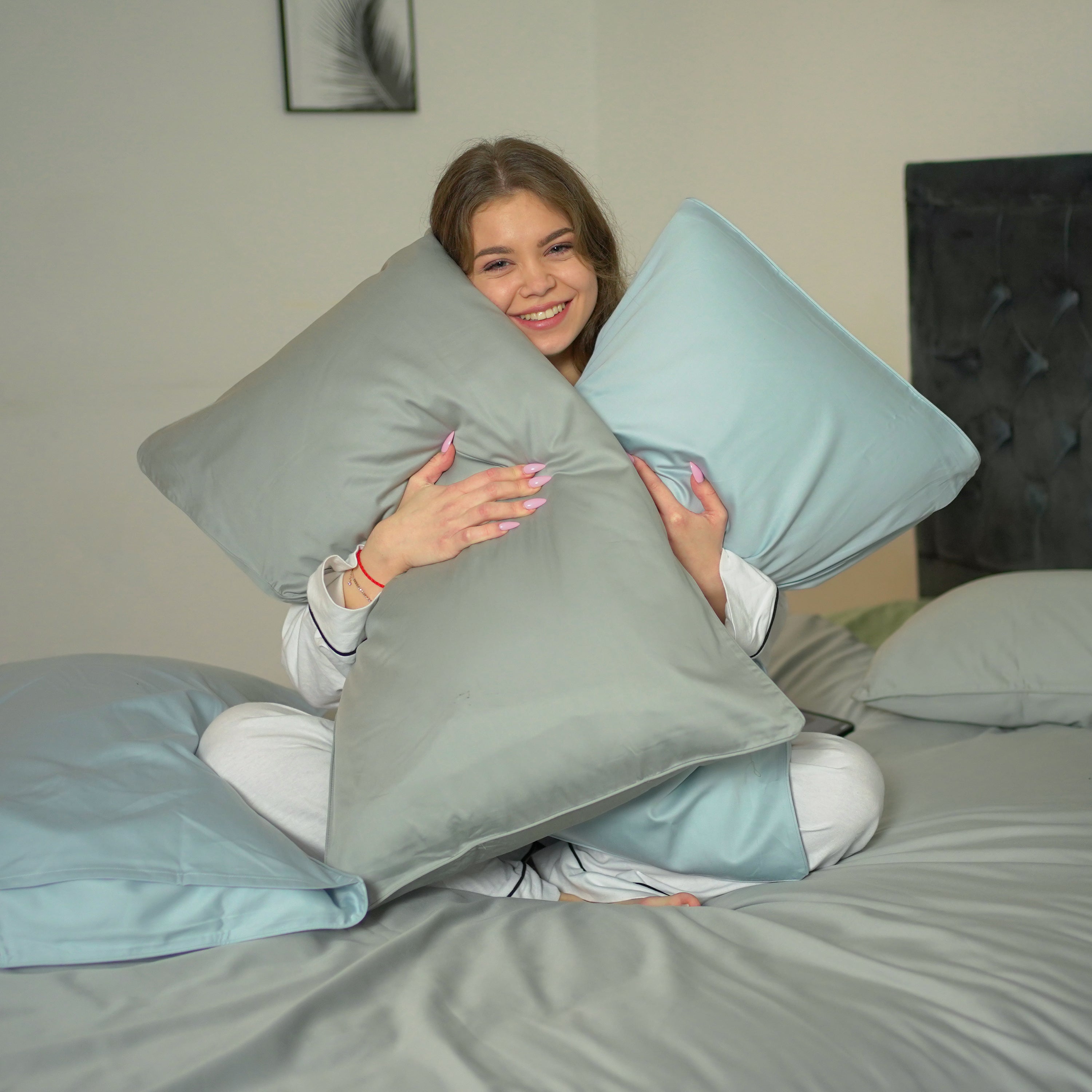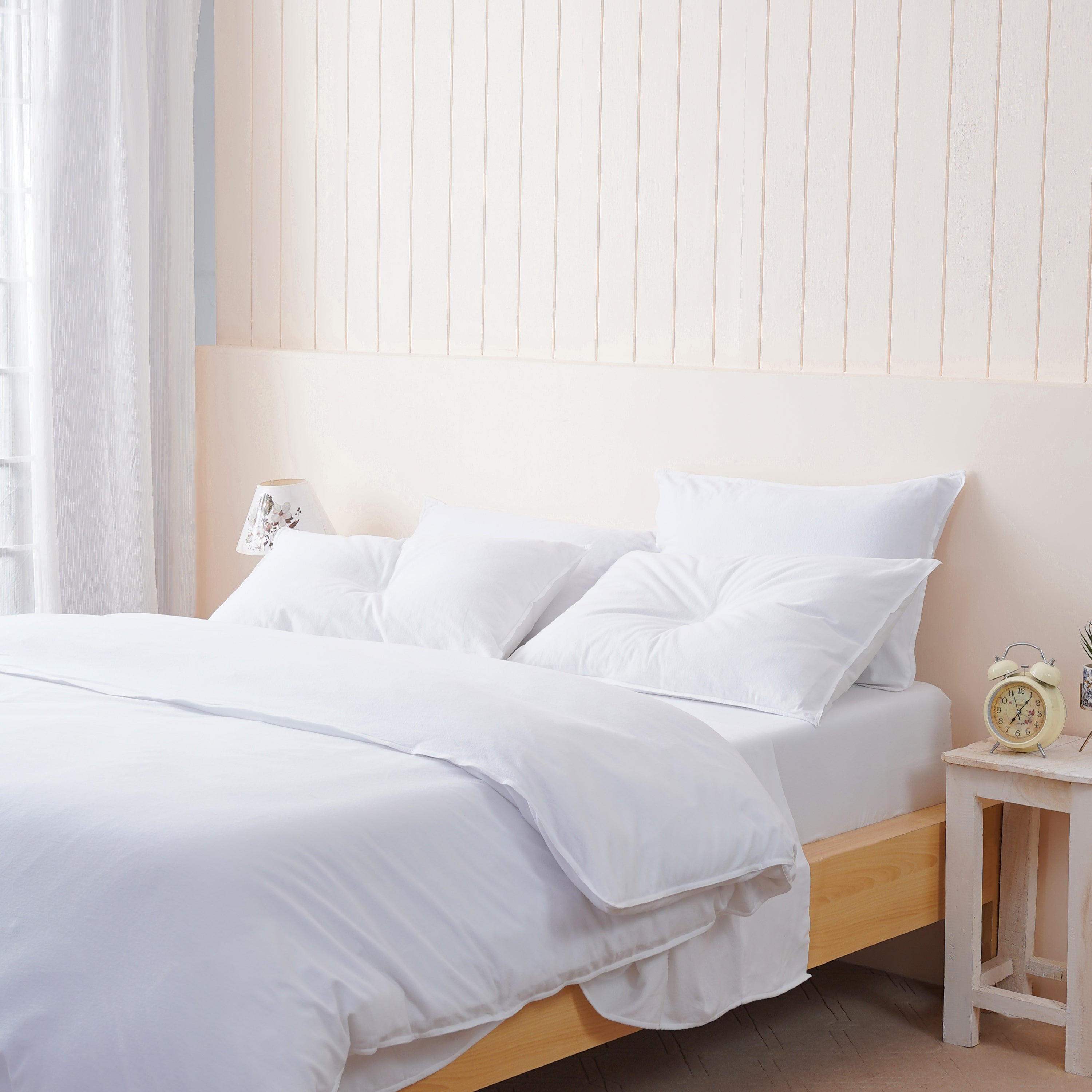The colours in your bedroom, particularly your bedding, can significantly affect your sleep quality. From calming hues that promote relaxation to vibrant tones that stimulate the mind, choosing the right colours for your bed sheets can make a noticeable difference. In this blog, we’ll explore the relationship between bedding colours and sleep, including the best colours for sleep and how to create a soothing sleep environment.
1. How Colours Affect Sleep
Colour psychology plays a vital role in shaping our emotions and behaviours. Research shows that certain colours have calming effects, while others can be energising or disruptive. For instance, blue is widely regarded as the most calming colour due to its association with tranquillity and stability. A study by Travelodge found that people who sleep in blue bedrooms get an average of 7 hours and 52 minutes of sleep per night, compared to just 5 hours and 56 minutes in purple bedrooms.
2. Best Colours for Sleep
When selecting bedding colours for sleep, consider these calming options:
-
Blue: Associated with serenity, blue helps lower heart rates and reduces anxiety, making it one of the best colours for sleep.
-
Green: Evoking feelings of nature and harmony, green creates a restorative and peaceful atmosphere.
-
Neutral Tones: Beige, white, and light grey are versatile choices that promote relaxation and complement various decor styles.
3. Colours to Avoid
Not all colours are conducive to sleep. Bright or intense hues like red, orange, and neon shades can overstimulate the mind and disrupt rest. These colours are better suited for spaces that require energy and focus, such as living rooms or offices.
4. Tips for Choosing Calming Bed Sheet Colours
-
Stick to Soft Tones: Opt for pastel or muted shades that don’t overwhelm the senses.
-
Pair with Neutrals: Combine calming colours with neutral tones for a balanced and cohesive look.
-
Experiment with Accents: Add pops of colour through pillows or throws to maintain interest without compromising serenity.
5. The Science Behind Calming Colours
Studies suggest that exposure to calming colours before bedtime can improve melatonin production and reduce cortisol levels. For example, blue light-blocking shades—when paired with blue bedding—can create an environment conducive to restful sleep. Incorporating these principles into your bedroom design ensures both aesthetic and functional benefits.
Final Thoughts
Bedding colours and sleep quality are deeply interconnected. By choosing calming bed sheet colours from Sheet Story like blue, green, and neutral tones, you can create a bedroom that fosters relaxation and enhances your overall well-being. With thoughtful colour selection, your bedding can become an integral part of your sleep routine.


























